#1964-1884
Explore tagged Tumblr posts
Photo




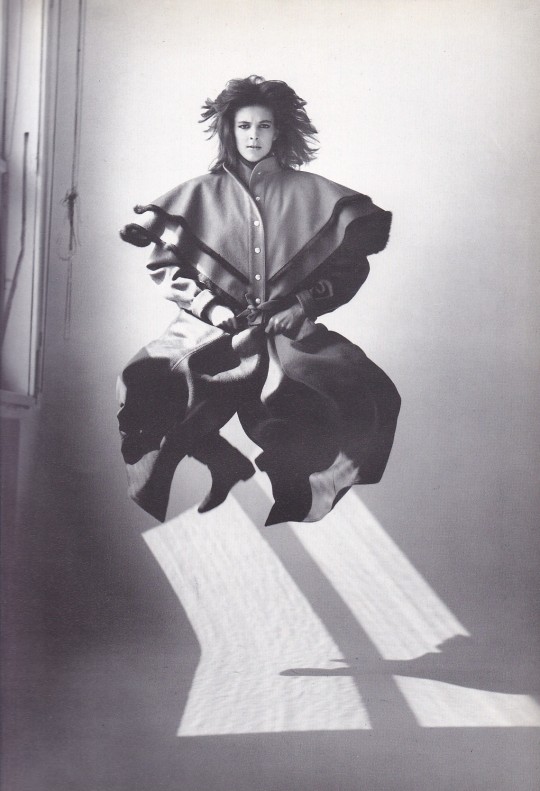

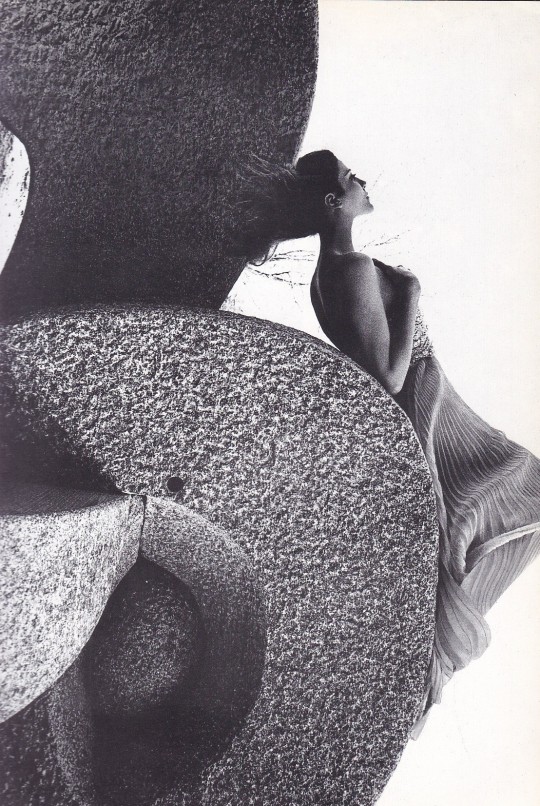
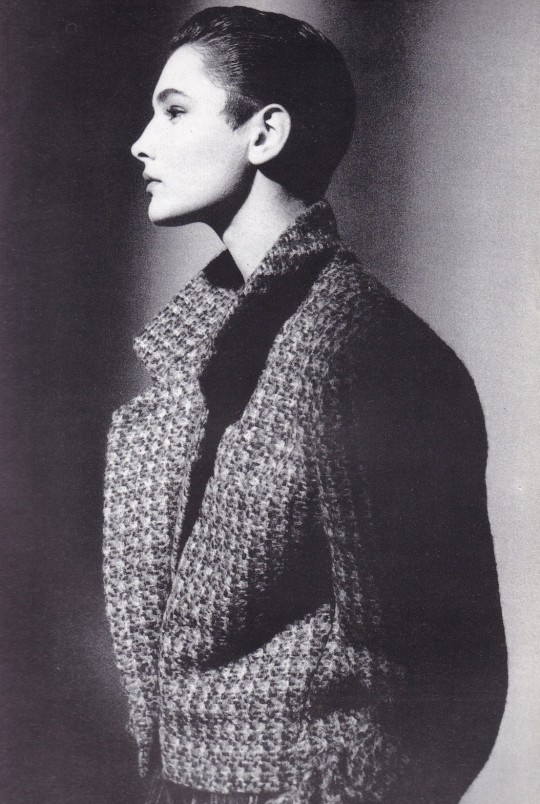
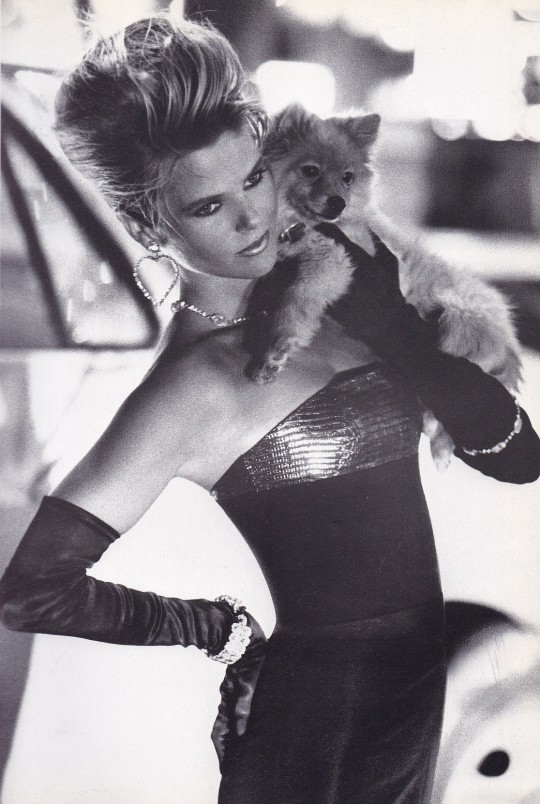

20 Anni di Vogue Italia 1964-1984
prefazioni di Carlo Tognoli, Daniel Salem, Franco Sartori, Il sole nell’ombrello di Arturo Carlo Quintavalle, Mondomoda testi introduttivi di Maddalena Sisto
edizioni Condé Nast, Milano 1984, 509 pagine, Copertina rigida con sovraccoperta grigia, 30x23 cm,
euro 180,00
email if you want to buy: [email protected]
20 Anni di Vogue 1964-1984 è il catalogo ufficiale che ha accompagnato la mostra omonima che ha celebrato i primi 20 anni di Vogue Italia tenuta a Milano, Sagrato del Duomo, Piazza del Duomo, 12 ott.- 15 nov. 1984 . Il catalogo è una ampia enciclopedia di tutti i fotografi che hanno contribuito alle pagine di Vogue Italia, con un breve testo ed esempi del loro lavoro - da Richard #Avedon a Bruce #Weber, passando per David #Bailey, Manfredi #Bellati, Gian Paolo #Barbieri, Cecil #Beaton, Guy #Bourdin, Alfa Castaldi, Giovanni #Gastel, Marco #Glaviano, #Hiro, Frank #Horvath, William #Klein, Peter #Lindbergh, Steven #Meisel, Sarah #Moon, Ugo #Mulas, Helmut #Newton, Irving #Penn, Bob #Richardson, Herb #Ritts, Paolo #Roversi, Franco #Rubartelli, Jeanloup #Sieff, #Snowdon, Oliviero #Toscani, Deborah #Turbeville, Albert Watson e tanti altri. Le sezioni finali sono composte da i ritratti di tutti i personaggi famosi che hanno abbellito le pagine della rivista, tra cui artisti, cantanti, attori, attrici, modelle, stilisti e i fotografi stessi. Una pubblicazione semplice ma incredibilmente completa con tutti i principali protagonisti della moda, della fotografia e delle arti europee negli anni '60, '70 e '80.
03/12/20
orders to: [email protected]
ordini a: [email protected]
twitter: @fashionbooksmi
instagram: fashionbooksmilano, designbooksmilano tumblr: fashionbooksmilano, designbooksmilano
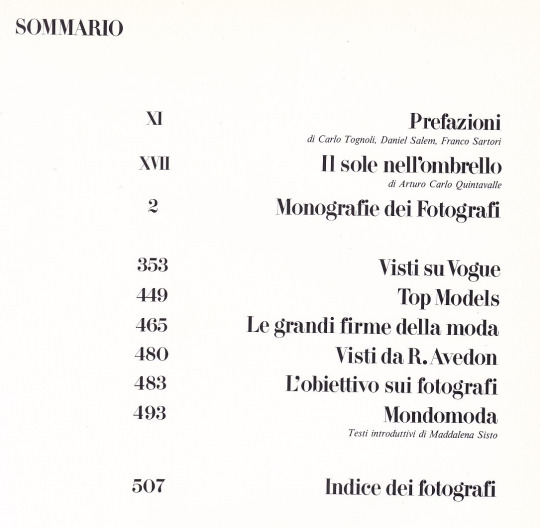
#Vogue Italia#20 anni Vogue#1964-1884#fashion exibition catalogue#fashion photography exhibition catalogue#fashion magazine#Condé Nast#fashion history#fashion ideas#suggestioni moda#fashion books#fashionbooksmilano
39 notes
·
View notes